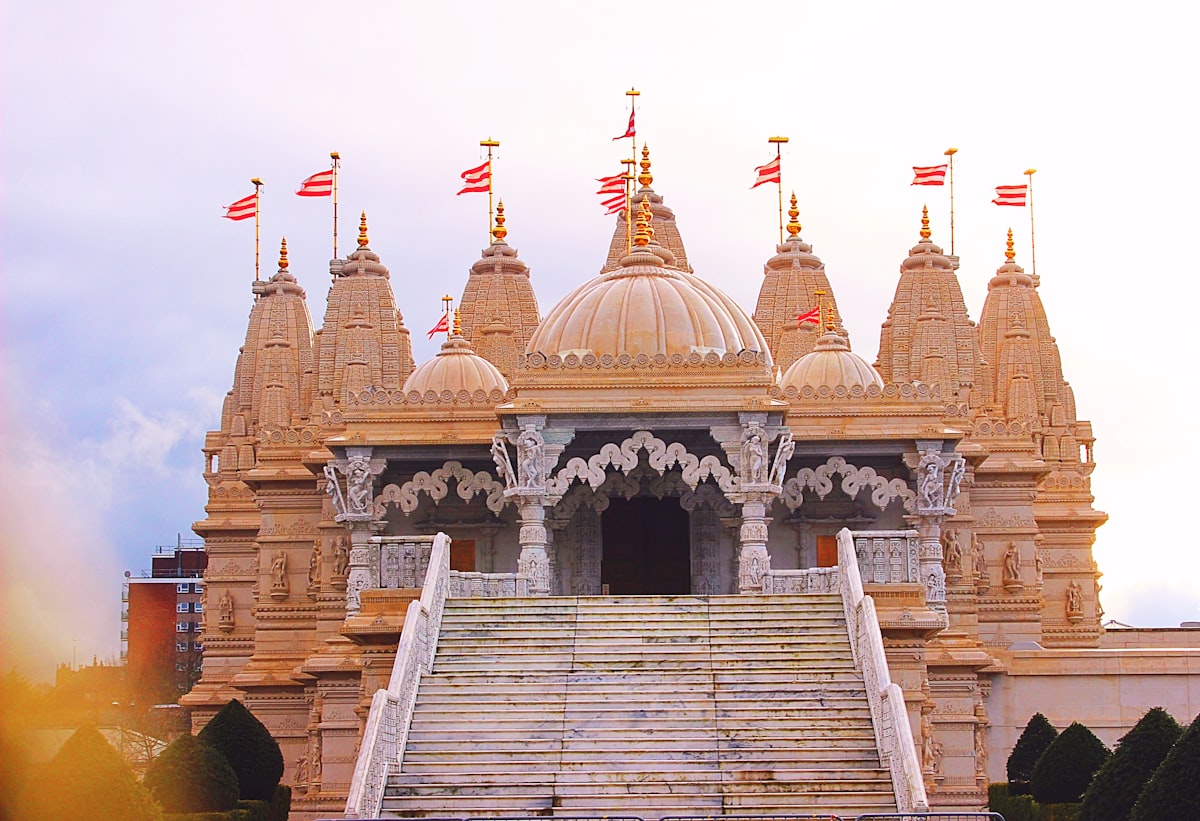infusing divinity: the spiritual significance of the Pran Pratishtha ceremony

Pran Pratishtha, meaning "establishment of the life force," is a sacred ritual in the heart of Hindu and Jain traditions that breathes the divine spirit into a murti (temple idol), transforming a sculpted form into a living conduit to the divine. It is a meticulous tapestry woven with ancient chants, symbolic offerings, and profound devotion, culminating in the momentous opening of the deity's eyes, the moment when the temple becomes a haven for spiritual communion.
The significance of Pran Pratishtha delves deep into the core of Hindu belief. The murti, while intricately crafted, is not simply an object of art. It is a receptacle, a vessel prepared to receive the divine essence of a particular deity. Through the intricate rituals of Pran Pratishtha, the murti is imbued with Prana, the life force that permeates all creation. This infusion elevates the murti from a material object to a sacred embodiment of the divine, capable of receiving prayers, channeling blessings, and fostering a profound connection between the devotee and the deity.
The ceremony itself is a symphony of symbolism. The Shobha Yatra, a procession that carries the murti through the temple grounds, signifies the deity's arrival, mirroring the celestial descent of the divine onto the earthly realm. The invocation of mantras, potent utterances imbued with power, awakens the murti's inner spirit, while offerings of precious elements like gems and sandalwood nourish and amplify its divine presence. Each ritual step, from the offering of Panchagavya (five products of the cow) to the placement of the murti in the sanctum, holds deeper meaning, weaving a web of connection between the physical and the spiritual.
The culmination of Pran Pratishtha is a moment of profound awe and transformation. The opening of the murti's eyes is not merely a physical act but a symbolic awakening. It marks the infusion of consciousness, the activation of a divine channel through which devotees can commune with the deity. The murti gazes upon the world, no longer stone, but a living embodiment of the divine, radiating grace and receiving prayers with open arms.
The spiritual significance of Pran Pratishtha extends beyond the immediate act of consecration. The temple, once consecrated, becomes a vibrant hub of spiritual energy. The murti, infused with Prana, becomes a focal point for devotion, attracting and amplifying the prayers of its devotees. The temple transcends its physical form, becoming a bridge between the material and the divine, a space where seekers can transcend the limitations of the mundane and experience the profound presence of the divine.
In essence, Pran Pratishtha is more than a ceremony; it is a sacred dance between the material and the divine. It is an act of creation, giving birth to a spiritual vessel that connects devotees to the divine essence. Through intricate rituals and profound devotion, Pran Pratishtha breathes life into stone, transforming a temple into a haven of grace, a conduit for blessings, and a testament to the enduring power of faith. It is a reminder that even in the realm of stone and mortar, the divine can find a home, waiting to be awakened, to be experienced, and to forever change the course of a devotee's spiritual journey.


